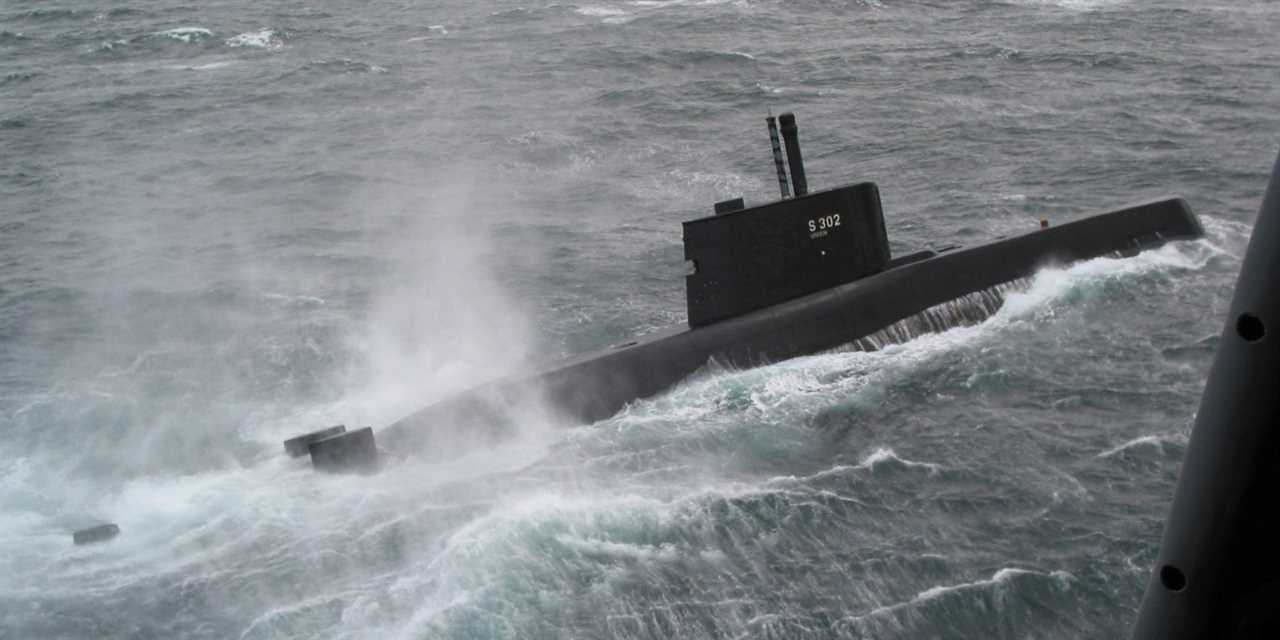
US Navy
- After 16 months of war in Ukraine, Russia's navy is largely intact, including its submarine fleet.
- NATO navies worry about those subs and they've increased their focus on countering undersea threats.
- Nordic navies are investing in their own submarine fleets to keep track of Russia's boats.
Russia's ground forces have suffered significant losses in Ukraine, but its air force and naval forces are largely intact, and the warships assigned to Russia's Northern and Baltic Fleets could still pose a challenge to NATO.
A particular concern for the alliance is Russia's submarines, many of which are assigned to those two fleets. That undersea force "has not been affected" by the war in Ukraine, Gen. Christopher Cavoli, head of US European Command the Supreme Allied Commander Europe, told US lawmakers in April.
NATO navies have been spending more time working on anti-submarine warfare in response to that threat, and for militaries in the Nordic region, which includes NATO's new member and what will be the next country to join, the concern has prompted renewed interest in expanding their own undersea fleets.
A NATO lake
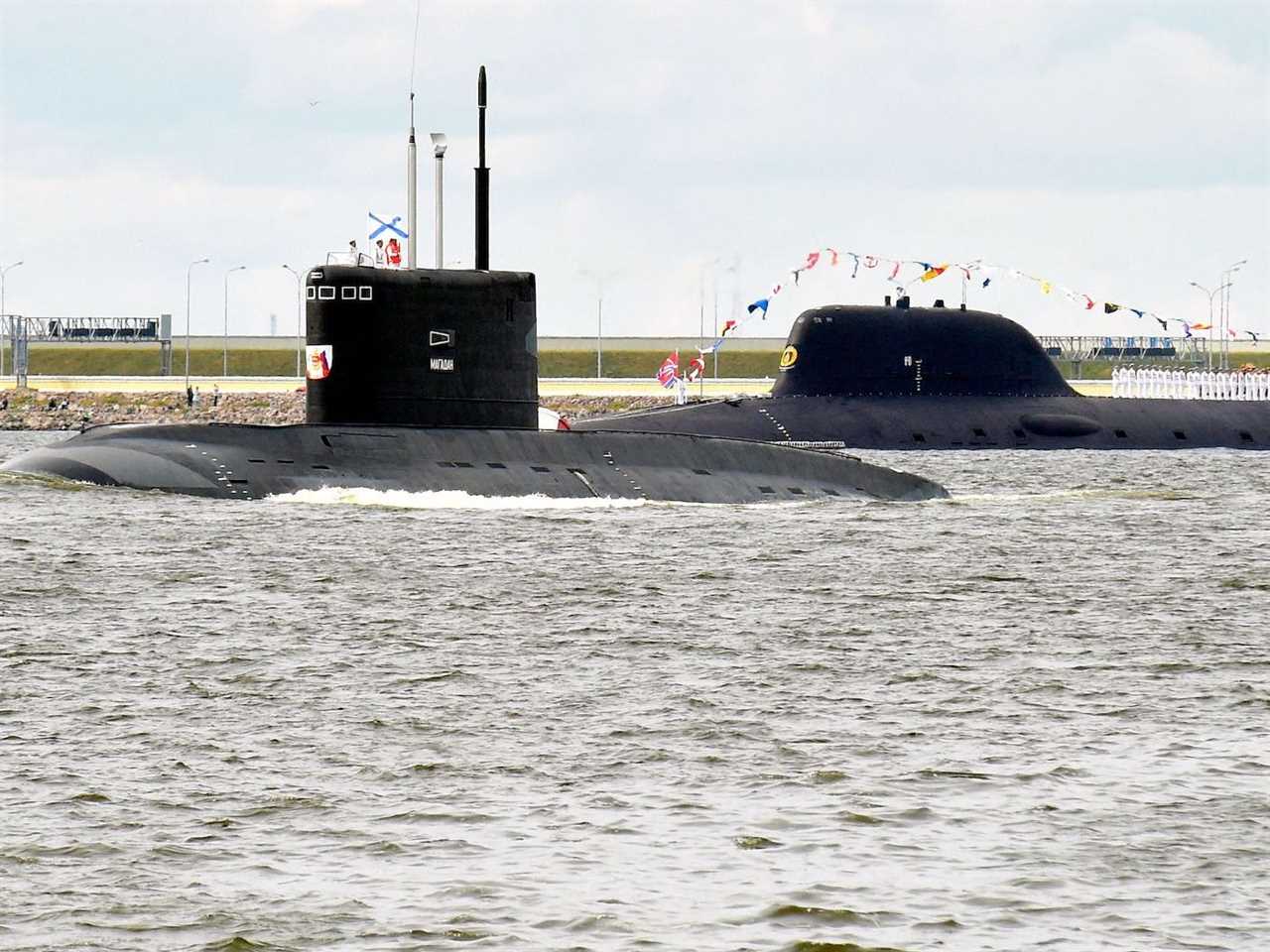
OLGA MALTSEVA/AFP via Getty Images
Russia's Northern Fleet, based on the Kola Peninsula near Finland, is one of Russia's most formidable. It oversees nearly 30 combat submarines, some equipped with nuclear ballistic missiles, and 40 warships. In a conflict, the fleet would try to control the surrounding seas and disrupt NATO supply routes in the North Atlantic.
The Baltic Fleet, headquartered in Russia's exclave of Kaliningrad, is the smallest of Russia's fleets, with about 40 warships and one submarine, but Russia is reportedly planning to increase the fleet's submarine force, adding to its ability to attack and disrupt maritime infrastructure and activity in the Baltic Sea.
The potential threat from Russia's undersea forces has prompted its neighbors to reevaluate their own submarine needs.
Sweden may soon join NATO — expanding alliance territory to nearly the extent of the Baltic Sea coast — and bring with it a military designed with fighting Russia in mind. One of its most impressive elements is its domestically built submarines.
The Swedish navy operates three Gotland-class diesel-electric subs, considered among the world's best conventionally powered subs, and an older Sodermarland-class vessel that is to be replaced in 2027 when the first of two A-26 Blekinge-class subs arrive.
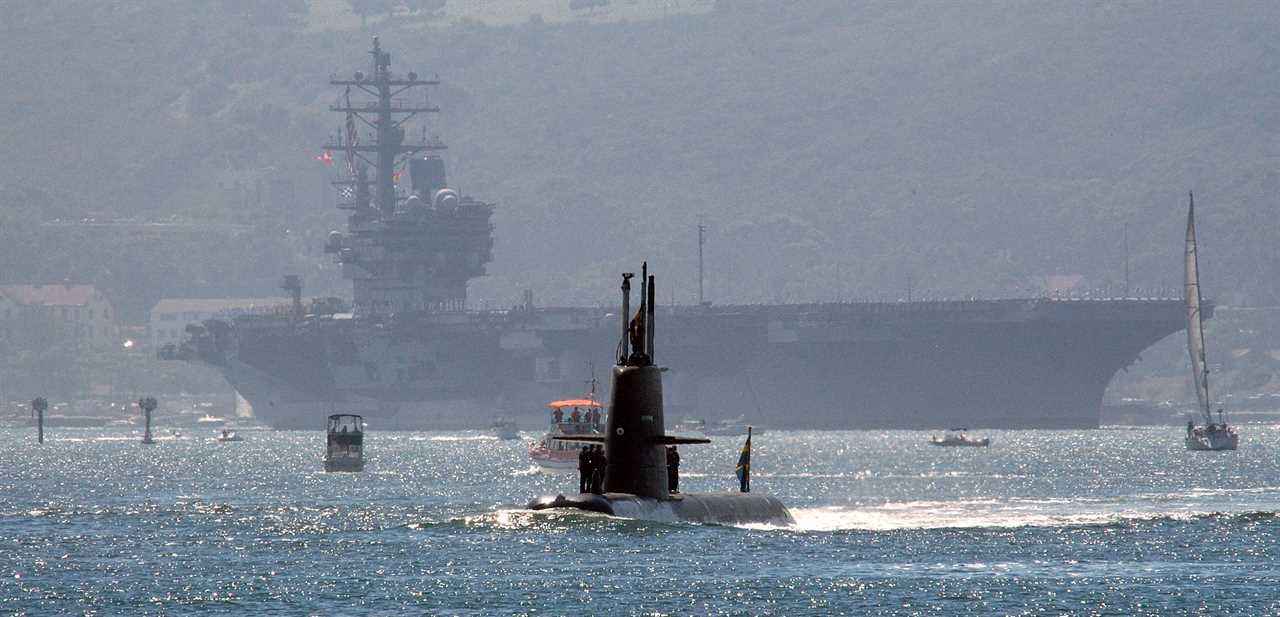
US Navy
Gotland-class subs are known to be hard to detect. They use an air-independent propulsion system that allows them to stay submerged for weeks, unlike other conventionally powered subs that have to surface every few days to recharge their batteries. In a 2004 exercise, a Gotland-class sub avoided detection multiple times and "sunk" the aircraft carrier USS Nimitz in a simulated attack.
The A-26 Blekinge-class subs that will join Sweden's fleet in 2027 and 2028 are specially designed to attack and protect vital underwater infrastructure — which NATO sees as facing a growing threat from Russia — by deploying remotely operated vehicles and combat divers. (Sweden's admission to NATO and the delivery of the Blekinge class will bring the number of subs operated by the alliance's Baltic members to 12.)
Sweden's submarines are even more fearsome in the Baltic Sea, which is only about 190 feet deep on average. Nuclear-powered subs cannot operate effectively in those depths, making Sweden's subs the top predators there. The many rivers that flow into the Baltic also mean its salinity varies, which affects buoyancy and the way sound moves through the water — conditions that challenge submarine operations but with which Sweden has decades of experience.
Swedish knowledge of the region "fills a gap" and provides "expertise that NATO doesn't have," Swedish Submarine Flotilla Commander Fredrik Linden told Reuters.
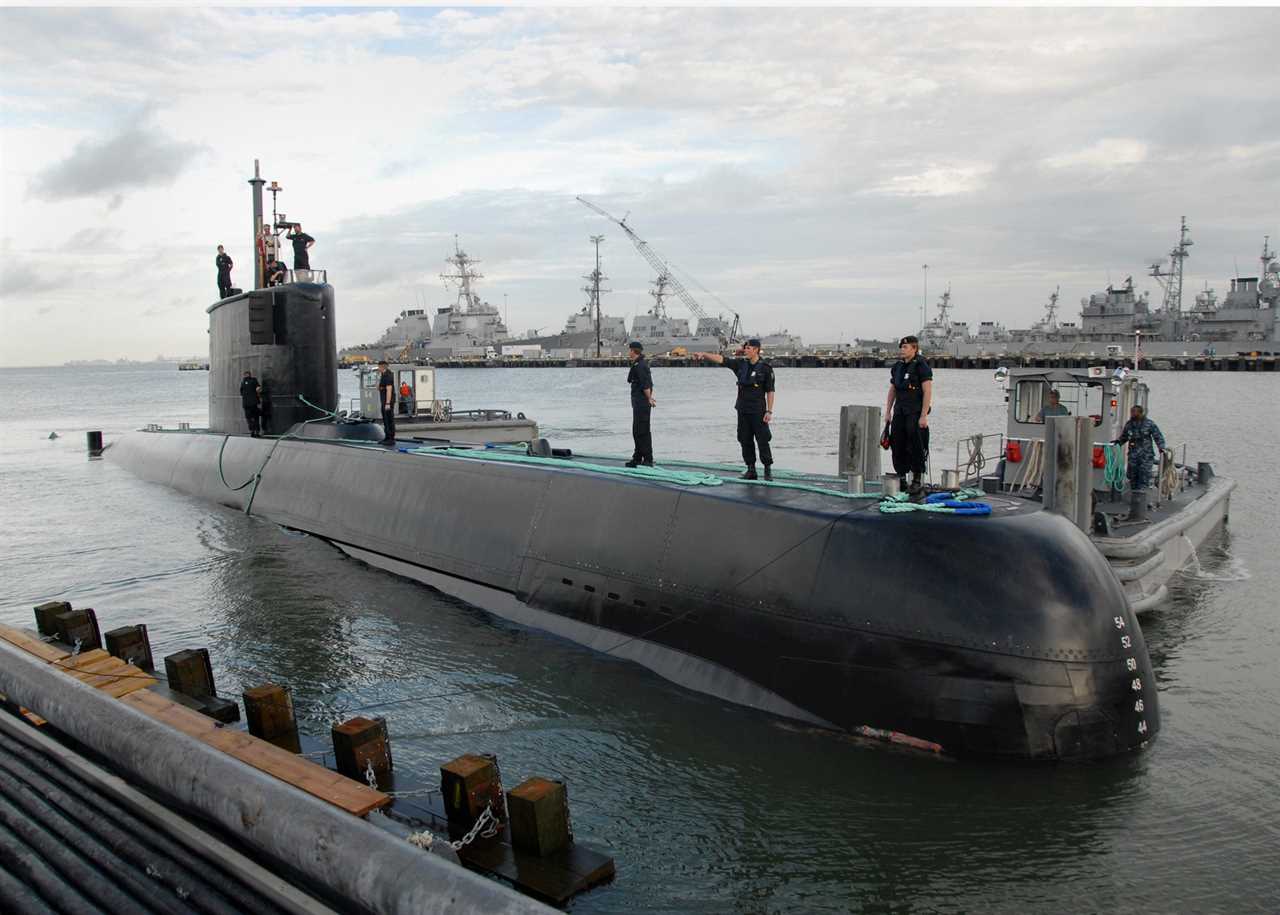
US Navy/Chief Petty Officer Marlowe Dix
Sweden's eastern neighbor, Finland, has officially joined NATO, but it has no submarines and has not announced plans to acquire any. But Sweden's western neighbors, Norway and Denmark, both see a need for bigger sub fleets.
Denmark decommissioned its last sub in 2004 but is now considering getting submarines again, according to Michael Aastrup Jensen, the Danish parliament's foreign policy committee chair.
"Should we buy new submarines or should we perhaps get a closer cooperation with some of our friends" that have submarines, Aastrup Jensen said at a Hudson Institute event on June 12. "That is some of the discussions right now, because if you try to get a complete overview of everything, we will not be perfect in any field, so perhaps we can be perfect in some fields and then our Swedish friends can be perfect in other fields and so on."
Norway operates six Ula-class submarines that have been in service for 30 years. Oslo is pursuing upgrades for its Ula-class boats that will extend their service lives, but it also plans to replace them with four German-built U212CD subs, which are scheduled to arrive between 2029 and 2035.
The U212CD is the most modern version of the highly regarded U212 family of subs. They are designed for covert operations in shallow waters. They will be stealthy and use air-independent propulsion to stay underwater for weeks.
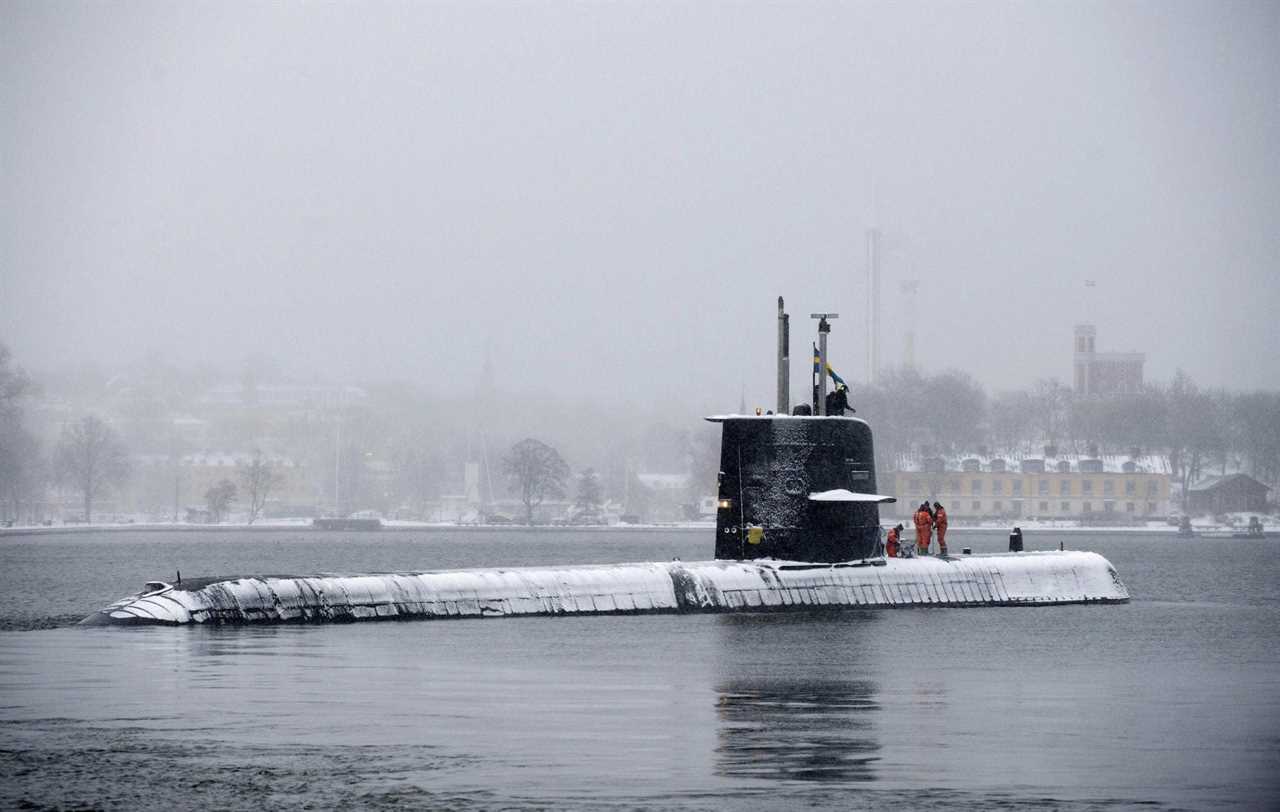
HENRIK MONTGOMERY/AFP via Getty Images
Maritime security is a growing concern for Norway amid heightened tensions with Russia and the increasing accessibility of the Arctic. In response to those challenges, Norway's military needs to improve its ability to operate in the region, support its allies there, and counter activity by adversaries, according to Gen. Eirik Kristoffersen, the country's chief of defense.
Submarines are vital to that effort, Kristoffersen said in a recent report outlining recommendations for Norwegian security, which called for the country's naval forces to "retain a core centered around frigates and submarines to ensure both a denial capability and the capacity to inflict losses on an adversary."
Kristoffersen recommended that Norway increase its submarine fleet from four vessels to six, arguing that increase "takes higher priority than an increase from four to six frigates" but without specifying the makeup of that expanded fleet.
"Submarines are difficult to detect in submerged state, and in the short and medium term, no technology has been identified that will challenge this," Kristoffersen said in the report. "This strengthening will increase the Armed Forces' ability to deny an adversary freedom of operation and increase the ability to combat an adversary's maritime forces."
Constantine Atlamazoglou works on transatlantic and European security. He holds a master's degree in security studies and European affairs from the Fletcher School of Law and Diplomacy. You can contact him on LinkedIn and follow him on Twitter.
Read More
By: [email protected] (Constantine Atlamazoglou)
Title: NATO's northernmost members are preparing for an undersea showdown with Russia
Sourced From: www.businessinsider.com/nordic-navies-focus-on-submarine-warfare-amid-tensions-with-russia-2023-7
Published Date: Tue, 18 Jul 2023 11:07:00 +0000
Did you miss our previous article...
https://trendinginbusiness.business/business/transform-your-pond-with-5-musthave-fountains-pump
.png)





